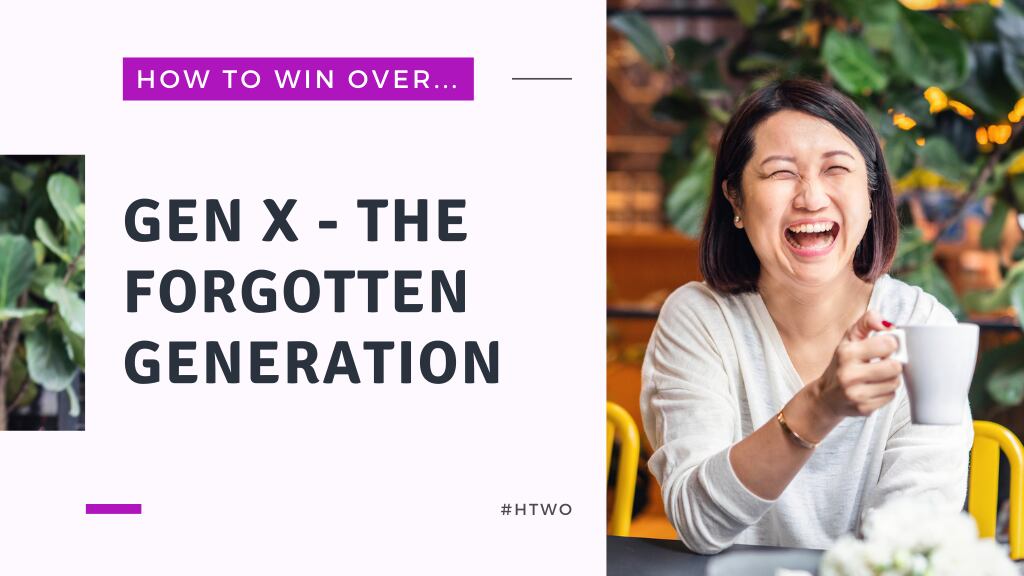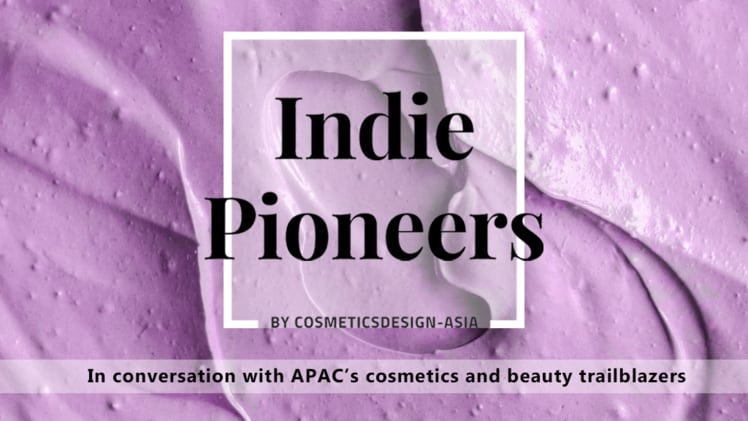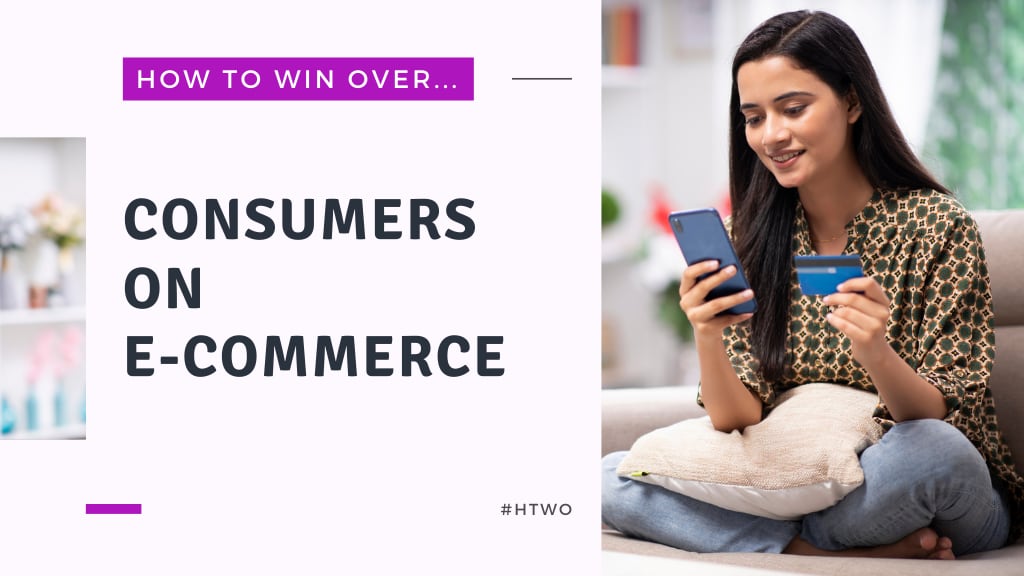Pew Research defines Generation X as those born between 1965 and 1980. If X stands for the unknown, then its namesake suggests that they are indiscernible and less distinct than those that have come before and after.
Often than not, Gen X-ers are likely to describe themselves as an ‘overlooked’ or ‘forgotten’ generation flanked between two larger and strikingly different demographics – the baby boomers and millennials.
“Gen X is like the middle child. They are always in between. They are the generation where technology like computers and mobile phones where introduced, so some are tech-savvy, and some are not,” said Michelle Chan, founder and CEO of luxury clean beauty brand MISEICO.
“Generation X is a very interesting group,” said Karen Ong, Chief Commercial Officer of LUXASIA, which manages brands including La Prairie and Diptyque, and operates the niche luxury beauty store escentials.
“Gen X-ers are usually in the prime of their careers. They have children which are usually of schooling age. They are the sandwiched generation which means they also must care for elderly parents. They have a lot of commitments. They play multiple roles and wear many hats. They are quite time-starved, so they are very pragmatic.”
The Gen X brand of pragmatism also defines them as beauty consumers.
“We are of a generation which idolises the beauty of celebrities, but we know they use a lot of products – as well as injectables and surgery – to keep looking that way,” said Berlinda Carli, director of the Institute of Personal Care Science.
“We don’t look for celebrity endorsement, but their images are what we are used to when it comes to marketing. In other words, influencers and endorsements don’t impact our purchasing decision. A celebrity image definitely helps draw us to a product, but then we need to know ‘what’s in it for me?’ to actually purchase.”
Kin Shen Chan, a Mintel senior analyst for beauty and personal care, South APAC, agreed, noting that Asian Gen Xers are generally “practical and prudent when it comes to spending”.
According to Mintel research, 71% of them choose to save or invest additional money they have, once they have paid the bills and bought things they really need.
One in four Asian Gen Xers use remaining money to pay for their children’s education, followed by eating out and buying clothes. Only 14% of them spend on beauty products.
“It is interesting to also note that this behaviour gets translated into their beauty habits as well, with getting haircuts and taking beauty supplements being the top two beauty behaviours across the past three months – suggesting a more pragmatic and preventive health approach towards beauty,” said Kin Shen.
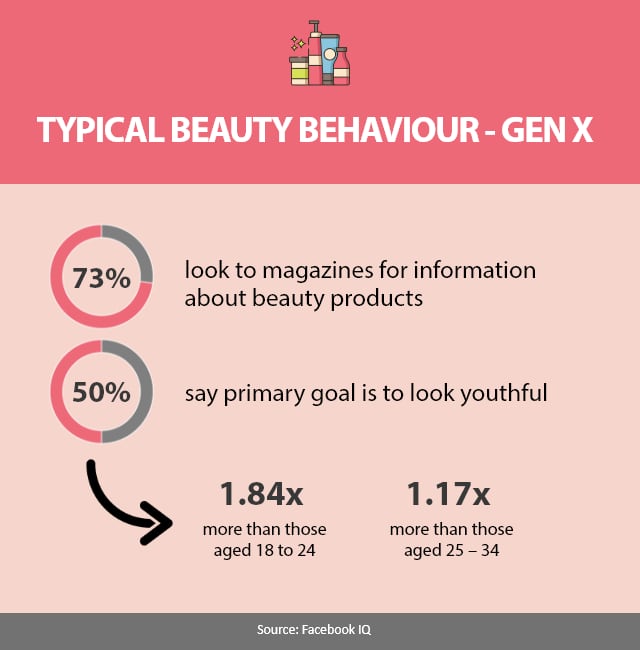
What X wants: Age before beauty, health before wealth
Among all the beauty categories, Gen X tend to emphasis more on skin care, especially in the skin ageing category.
“We are strongly in the anti-ageing category, and we don’t like false promises from a product. We do look for products that will give visible results, in line with what they promise,” said Carli.
“When you’re young and your skin is beautiful and supple, you tend to care less, so you can buy a basic moisturiser or cleanser. As you age – and we are ageing – the skin care you use becomes more important. It’s very visible when you don’t use skin care that suitable for your skin,” said Ong.
Furthermore, when it comes to skin ageing products, Gen Xers tend to get very specific about their skin care concerns.
“There’s an interest in solution skin care. Anti-ageing is quite general and within this whole segment of consumers, each of them have very different skin concerns they want to tackle. Like age spots, skin brightening, skin tone, sagginess, and elasticity. So yes, there’s more interest in anti-ageing products, but I think it’s more specific to whatever areas and conditions they are trying to tackle,” Ong explained.
While function is important, Ong highlighted that Gen X also want products that have a “feel good factor”.
“For the younger consumers, it’s about how cosmetics make them look but Gen X are really concerned about how it makes them feel. They want products that will make them feel good, whether it's during application with texture and smell or looking at the packaging.
Gen X consumers tend not to mind so much whether a product is natural or organic. In fact, they are not averse to synthetic ingredients if it will get them visible results, said Carli.
“Sell us on the science or performance of a product, not whether its organic or not. Having something natural or organic in the product is nice, and boosts our acceptance of the product, but ultimately, we want to see visible results – and before purchasing, we want to be really clear on what those results will be.”
When it comes to their views on ageing, Carli added that Gen X can be quite split. Consumers on the younger end of the spectrum especially tend to be more open to the idea of injections and surgery.
“We’re of an age where we know even the best cosmetics have their limitations. We’re of an age where we need more from our product to keep looking our best. We know Cate Blanchett can’t possibly look that young without help, so we’re not afraid to explore some accessible options to enhance our cosmetic results.”
According to a 2020 Global Consumer Insights Survey by PricewaterhouseCoopers (PwC), the COVID-19 pandemic has made consumers more health conscious when it comes to both physical and mental health.
For instance, in Indonesia, 77% of consumers have increased spending on health products, making it the top category showing spending increase ahead of groceries and entertainment.
While many consider millennials to be the most health-conscious demographic, Gen X is no slouch when it comes to health.
“Of course, this group of consumers are starting to or have started ageing. It’s natural that they can be very health conscious and they take good care of themselves,” said Michelle.
She believes the focus on health and well-being has had a positive effect on the perception of ageing. For instance, skin health has become top of mind for this generation of consumers as health is increasingly viewed as barometer of beauty.
“We’re seeing a more positive approach to ageing, and it’s linked to overall wellness. More are understanding that first you take good care of your skin health, your skin barrier and your face will glow,” said Michelle.
Solve for X: The lingering gaps in product development
Another beauty category that is gaining ground among Gen X is hair care and Gen X consumers as especially concerned about hair loss.
This demand has been observed by LUXASIA, which is seeing demand for anti-hair loss products among both women and men in the Gen X demographic, said Ong.
“The conversation is moving towards acceptance and celebration and as an industry, we are moving away from anti-ageing. Our products, be it topical or ingestible will no longer focus on lifespan. We have already achieved that. Now we will focus on healthspan. We are all going to live longer, so everything we do will come down to feeling and looking the best we can for as long as we can,” said Lisa Carroll, director of Australian ingredient manufacture, Native Extracts.
The shifting attitudes toward ageing has created a huge opportunity for players in the hair care sector to find solutions for consumers in the perimenopause stage, which typically begins in the mid-40s onwards.
During perimenopause, people can experience hair loss and thinning due to hormonal fluctuations.
“Often with perimenopause and hormones it causes the gaps to get bigger between the follicles. You'll see a lot of women with thinning hair or can only grow their hair to a certain length. It’s because it's very weak and sparse – and there’s not a lot of products that can help,” said Lisa Carroll, director of Australian ingredient manufacturer, Native Extracts.
Like with other beauty categories, Carroll expects that consumers will look towards effective yet natural solutions to combat hair loss, something the hair category is lacking, she believes.
“We’re doing a lot of work in the hair space because that whole sector is shifting. It started with food then cosmetics and nutraceuticals. But hair really needs to get moving away from synthetics and work with nature.”
CosmeticsDesign-Asia has previously reported that Native Extracts believes it has found a solution in the Queen Garnet Plum, a stone fruit that was cultivated in Australia through cross pollination.
The plum has shown to be a rich source of cyanidins and quercetin, a flavonoid known for its antioxidant properties.
“Quercetin is one of the most studied flavonoids in its potential to rejuvenate our metabolism, but some recent studies suggest that cyanidins may potentially have up to five-fold greater benefit for supporting healthy metabolism as we age,” said Dr Even Stephens, senior biotechnology and nutrition specialist at Native Extracts and adjunct fellow at the University of Queensland.
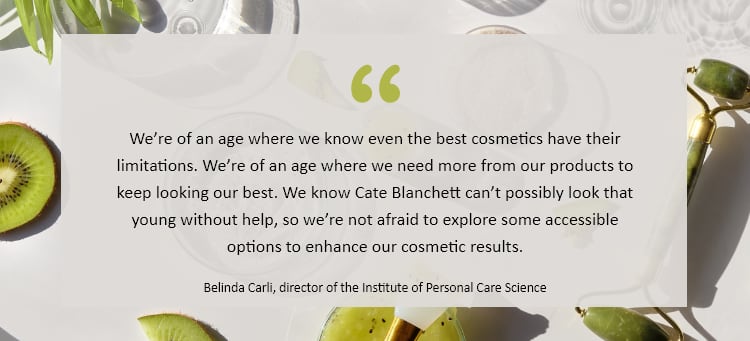
Finding (and reaching) X: Let’s get personal
According to Mintel data, Gen X beauty consumers can get quite overwhelmed with the amount of beauty choices available in the market.
Close to 72% of Asian Gen Xers think that there are too many beauty products in the market and reported that it can be “overwhelming to make a decision on what is suitable for them”, said Kin Shen.
More often than not, they turn to reviews from “real people”, said Michelle, not influencers or KOLs.
Carli concurred, noting that “influencers have no influence” on Gen Xers and their purchasing decisions. “We want facts – not fluff. Another reason why influencers don’t work for us. We don’t want to hear a stranger’s opinion, but we will value a friend or family members' opinion.”
Mintel research also tells the same story, with one in two (51%) Asian Gen Xers noting that they report product reviews online before purchasing an item.
Furthermore, close to half would refer to product packaging and label to find out more information on ingredients and claims.
“They love to read labels – more than millennials and Gen Zers – because they have cultivated that habit of reading labels at the supermarket,” said Michelle.
If all else fails, this group of consumers rely on visiting the brick-and-mortars. According to Mintel, 36%, would visit a physical store to test and try the product before making a purchase.
“This group do go to department store counters and boutiques because of the relationship as well. A lot of them have established good trust-based relationships with staff when it comes to skin care. When they do, they tend to go back because to a certain extent, they are loyal to the person and the relationship as well as the brand,” said Ong.
Michelle added that to reach this group, beauty brands must take on a more personal approach to engaging them.
“These people look for authenticity. For us, our marketing strategy focuses on meeting them at a personal level. What that means is we don’t believe in buying advertisements because it's so fake. Instead, we conduct workshops and collaborate with like-minded brands outside of beauty. To reach Gen X, it has to be very personal and aligned with their values.”
During the COVID-19 pandemic, the restrictions and regulations hindered beauty brands relied on brick-and-mortar.
Ong told us that during this time, it was evident that strong customer relationship management (CRM) tools and processes were key to reaching its consumers.
“During the pandemic, when a lot of the shops were closed, thankfully we had a good and strong CRM base that allowed us to connect with them.”
According to her, the company connects with Gen X consumers primarily through email, text messages, and phone calls if they have consented to receive these communications.
“With Gen X, sometimes after we send them a text or [electronic direct mailers], we also make a call. Like I said, a lot of it is based on the trust-based relationship with the staff. The staff will give them a call to ask if they want to replenish their skin care or if a sample given previously had worked for them.”
While it is possible to reach Gen X consumers through social networking sites like Facebook or Instagram, Ong considers these options less personal.
“We’re working towards Whatsapp, and as we move into other markets like Thailand or Taiwan, we explore other avenues they are used to like Line.”
The digital X factor: Reaching out to Gen X online
Speaking to our industry insiders, CosmeticsDesign-Asia has gathered that the biggest misconception about Gen Xers is that they are technophobes that are unwilling to adapt to new technologies.
What people tend to forget is that Gen Xers have adapted and adopted many new technologies from fax machines to personal computers, from pagers to smartphones.
“We’ve lived through the time when computers and mobile phones were introduced. Tech-savvy or not, we were forced to be adaptable,” said Michelle.
“We are the generation that used to submit schoolwork on a typewriter and now are using smartphones. We’re the early adopters, we’re adaptable, and we learn fast – although perhaps Tiktok still challenges me sometimes,” said Ong.
According to Mintel, 54% of Asian Gen X beauty consumers have purchased personal care products online. In fact, when it comes to “experiential categories”, such as make-up, online channels take precedence, with 65% having bought their products online.
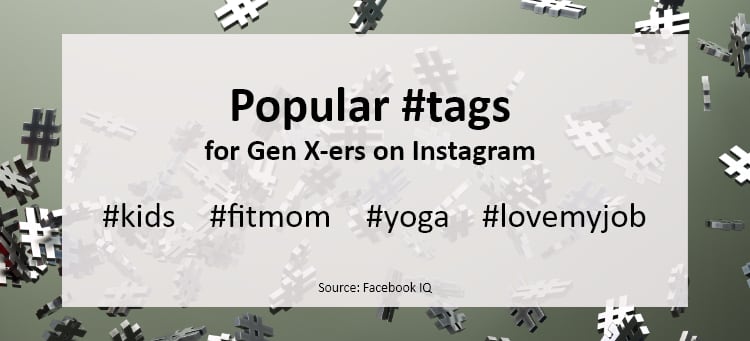
When it comes to what drives them to shop online, Asian Gen Xers mentioned product price (73%) and free shipping (69%) as the top two most important factors.
Damisa Tseng-Prompoj, regional head of e-commerce at Intrepid Group Asia, a regional digital and e-commerce solutions provider, told us that Gen Xers have proven to be very adaptable to new e-commerce trends.
“Members of Gen X have undergone significant transitions in the world. While millennials and Gen Z are often the ones who are immersed in new technology and being part of the digital revolution, so to speak, Gen X are the ones that have actively had to learn to adopt these technologies.”
However, beauty brands who want to reach out to Gen X digitally must make the effort to adapt the trends to them, Tseng-Prompoj added.
“For instance, with live streaming. It’s important to make sure that if we are targeting a Gen X customer, the live stream is adapted to their requirements. That is quite vital. For instance, we want to make sure that the stream is broadcasted on all channels that are relevant to the Gen X consumer and that the actual content of the live stream has a resonance with the Gen X consumer.”
While new trends like livestreaming may seem like millennial or Gen Z territory, Tseng-Prompoj told us that it is becoming increasingly popular with Gen Xers.
“The thing with Gen X, is that they really like video consumption. We see that YouTube consumption among Gen X tends to be pretty high. The added value of live streaming is that you can make it even more powerful as a tool with how engaging it can be.”
Both LUXASIA and MISEICO have also noted that livestreaming is a relatively untapped channel to reach Gen X beauty consumers.
“To me, it’s the new-age TV shopping. If you think about it, it’s a format that Gen X can understand. However, there is a spectrum with social commerce. You have the influencer and celebrity-driven types, which will receive less Gen X. What we see is them joining more promotional types. They will buy if you give them a good deal, especially if a friend has recommended a channel to watch,” said Ong.
With social selling, brands have the opportunity to get very personal with Gen X, added Michelle.
“They love to ask questions and they like it when a seller responds to them. With social selling, you can get on a very personal level and the seller becomes like a friend that visits you – it’s kind of like a Tupperware party, just live online.”
What beauty brands need to know is that Gen X are a separate entity from the baby boomers that have come before them. And they are as ready to take on new trends and innovations as much as the next millennial. The key to engaging them successfully lies in authentic communication with a personal touch.


